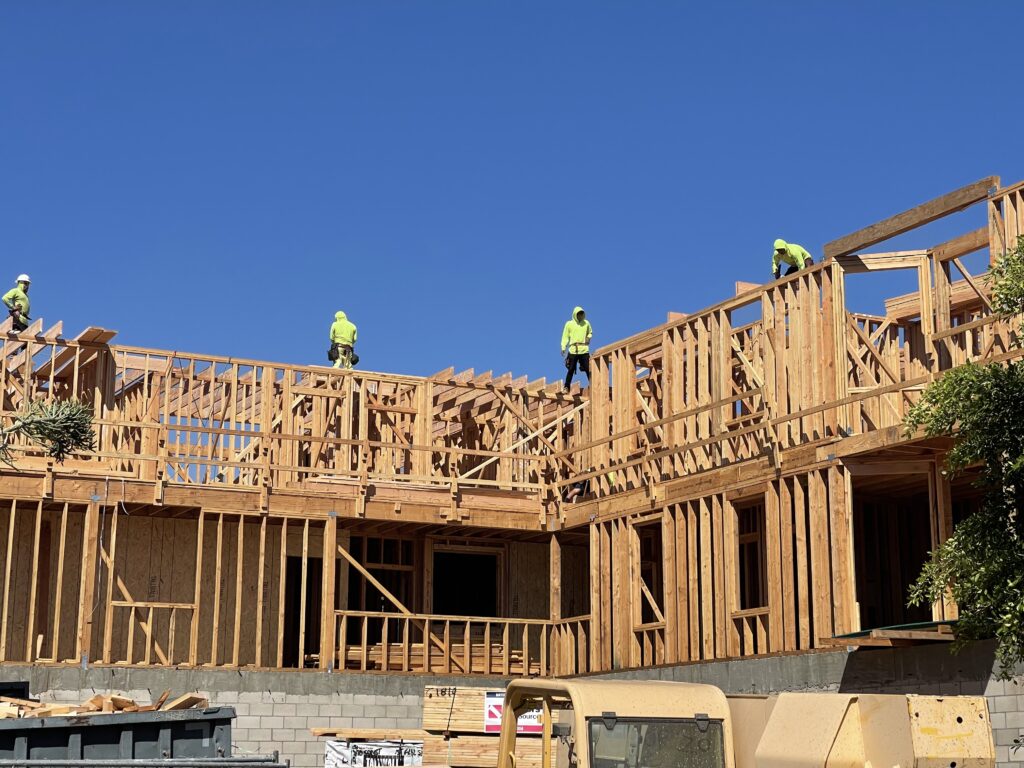Remodeling
Residential remodeling involves renovating or updating existing homes to improve their functionality, aesthetics, or value. Remodeling can range from minor updates, like changing fixtures or repainting, to major renovations, such as expanding rooms or reconfiguring layouts. Here’s a comprehensive guide to residential remodeling, including key considerations, common types of projects, and the steps involved.
Types of Residential Remodeling Projects
- Kitchen Remodeling: Updating or redesigning the kitchen to enhance functionality, improve aesthetics, or incorporate new technologies. This can include changing layouts, replacing cabinets and countertops, and upgrading appliances.
- Bathroom Remodeling: Renovating bathrooms to improve their appearance and functionality. This may involve updating fixtures, retiling, or expanding the space.
- Room Additions: Adding new rooms or expanding existing ones, such as adding a new bedroom, office, or family room.
- Basement and Attic Conversions: Converting unused spaces into functional living areas, such as home theaters, additional bedrooms, or home offices.
- Exterior Remodeling: Enhancing the home’s exterior through siding replacement, roof repairs, window upgrades, and landscaping improvements.
- Whole-House Renovations: Comprehensive updates to multiple areas of the home or a complete overhaul of the interior layout and design.

Key Considerations in Residential Remodeling
- Budget:
- Cost Estimation: Accurately estimating costs for materials, labor, and permits.
- Contingency Fund: Setting aside a budget for unexpected expenses that may arise during the project.
- Design and Functionality:
- Design Preferences: Incorporating the homeowner’s design preferences and lifestyle needs.
- Functionality: Ensuring the remodeled space improves usability and efficiency.
- Permits and Regulations:
- Building Permits: Obtaining necessary permits for structural changes or major renovations.
- Local Codes: Adhering to local building codes and regulations.
- Materials and Finishes:
- Quality: Selecting durable and high-quality materials that match the desired aesthetic.
- Sustainability: Considering eco-friendly materials and energy-efficient options.
- Timeline:
- Project Schedule: Creating a realistic timeline for the completion of the remodel.
- Managing Delays: Preparing for potential delays and communicating effectively with contractors.
- Disruption:
- Living Arrangements: Planning for temporary living arrangements if the remodel significantly disrupts daily life.
- Dust and Noise Control: Minimizing inconvenience during construction.
Phases of Residential Remodeling
- Planning and Design:
- Needs Assessment: Identifying the goals and requirements of the remodel.
- Design Development: Working with architects or designers to create detailed plans and layouts.
- Budgeting: Establishing a budget and obtaining estimates from contractors.
- Permitting and Approvals:
- Permit Application: Submitting applications for necessary building permits and approvals.
- Approval Process: Ensuring compliance with local regulations and obtaining approvals.
- Demolition and Preparation:
- Site Preparation: Preparing the work area, including protecting existing spaces and removing old materials.
- Demolition: Carefully dismantling existing structures or finishes as needed.
- Construction and Installation:
- Structural Work: Performing any necessary structural changes, such as framing or reinforcement.
- Systems Installation: Installing or updating plumbing, electrical systems, and HVAC as needed.
- Finishes: Completing interior finishes, including flooring, cabinetry, and painting.
- Inspection and Quality Assurance:
- Final Inspections: Conducting inspections to ensure all work meets code requirements and quality standards.
- Punch List: Addressing any final adjustments or touch-ups.
- Completion and Handover:
- Final Walkthrough: Reviewing the completed project with the homeowner to ensure satisfaction.
- Clean-Up: Removing construction debris and cleaning the remodeled areas.
- Post-Completion:
- Warranty and Maintenance: Understanding warranty details for materials and workmanship and planning for ongoing maintenance.

Challenges
- Budget Overruns: Managing costs and avoiding unexpected expenses.
- Timeline Delays: Addressing issues that cause project delays.
- Design Changes: Managing changes to the design or scope of work mid-project.
Trends and Innovations
- Smart Home Technology: Integrating smart home features, such as automated lighting and climate control.
- Sustainable Remodeling: Using eco-friendly materials and energy-efficient systems.
- Open Floor Plans: Creating open and flexible spaces that enhance modern living.

© 2024 All Rights Reserved.


